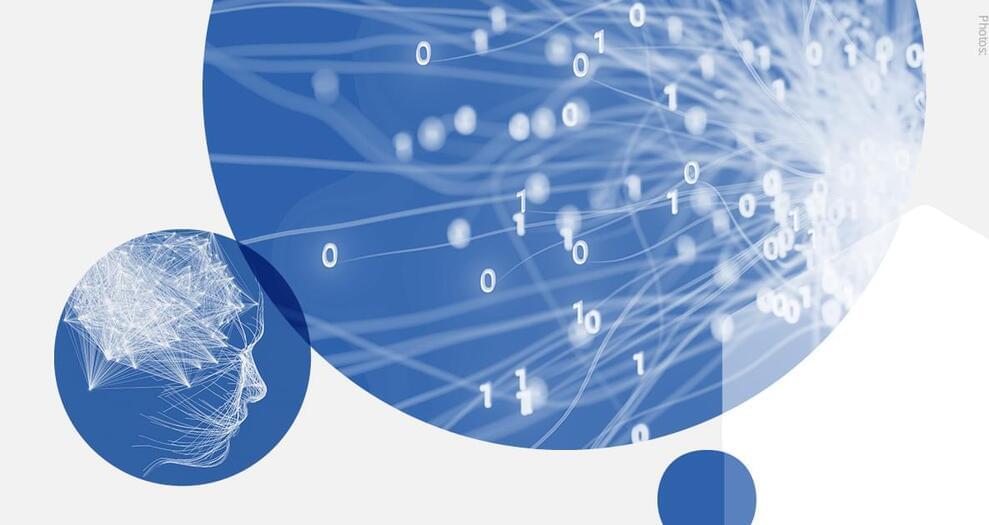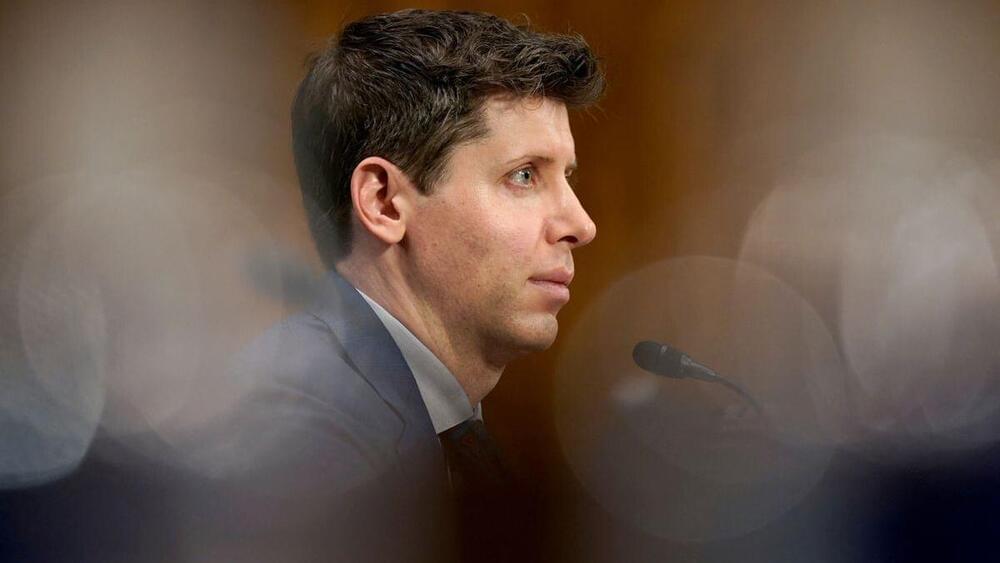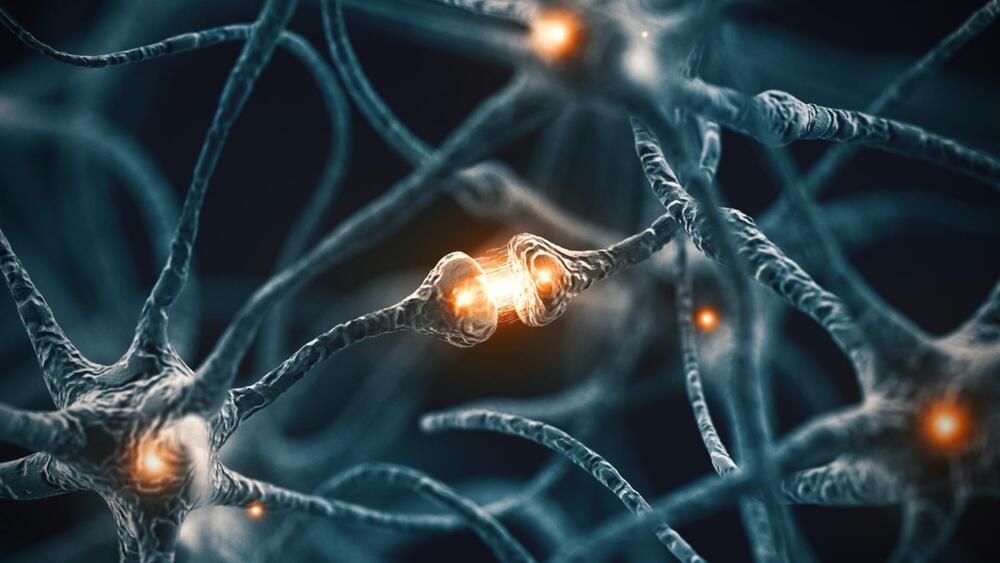The World Intellectual Property Organization – @WIPO publishes the “Patent Landscape Report on Generative AI.” https://www.wipo.int/web-publications/patent-landscape-repor…index.html.
- 54,000 GenAI-related inventions (patent families) were filed and more…
Generative AI is booming. It is a cutting-edge technology that is poised to disrupt various economic, social, and cultural sectors, and it extends far beyond simple human-like text generation using chatbots. Drawing on original analysis of patent and scientific data, the WIPO patent landscape report on Generative AI provides a snapshot of the patent situation for GenAI.







